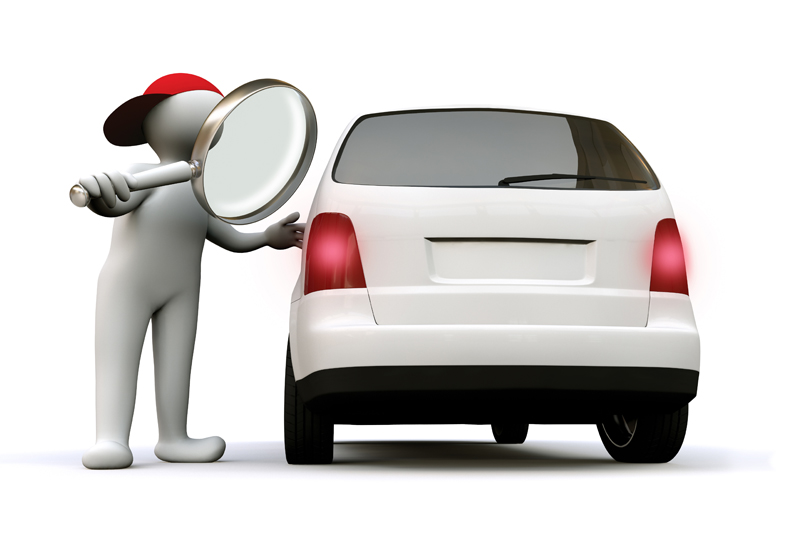
Hybrids are here to stay, and they are going to thrive under a combination of more stringent emission requirements and rising fuel costs, argues Steve Carter. In this case study, Steve describes a problem he encountered on a Prius that refused to start and subsequently required an equalisation charge to clear a fault code.
In this month’s troubleshooting guide, we will be looking at a particular vehicle that many PMM readers may not have had the opportunity to work on – a Toyota Prius hybrid.
The Prius in question was an older model, a 1999, with just 35,000 miles on the clock. Although newer models of hybrids are more advanced, the fault in this case still illustrates an important, and still relevant, point. The Prius had been totally reliable until one morning, when it refused to start. It is worth noting that these vehicles do suffer with a very poor 12V ancillary battery. A breakdown service had been called, which was unsuccessful in jump starting the vehicle, meaning it had to be transported to a local garage for further investigations. This garage had the car for over four weeks with no success in starting the vehicle.
It was then forwarded on to another garage, where one of the technicians had some training by Toyota on this particular vehicle. However, he had no diagnostic equipment suitable for this car. With the car still not starting, our first task was to obtain any fault codes from the vehicle ECMs. With the complexity of this car, there were a couple of ECMs you will not see anywhere else. The first is the ECM that controls the hybrid function and the second is the ECM that manages the vehicle’s traction battery operation.
“After scanning, we discovered two particular fault codes, the first relating to an internal malfunction with the engine control module and the second indicating a problem with the vehicle’s traction battery.”
After scanning, we discovered two particular fault codes, the first relating to an internal malfunction with the engine control module and the second indicating a problem with the vehicle’s traction battery. After gaining access to the engine ECM, located in the passenger foot well, some scorch marks on the ECM loom connector were detected. We took the decision to open the module. We were fairly confident this fault was caused by the incorrect jumpstarting of this vehicle. On repairing this connection, and with a fully charged 12V supply, the vehicle started promptly.
With the engine running, we directed our attention to the traction battery ECM, which gave a fault requesting an equalisation charge. First, we need to understand what this fault is and what can cause it. Initially, we need to understand that the traction battery pack in this vehicle is made up of 240 individual cells, each with a terminal output of 1.2V, making the total output from the battery pack 288V. This output can provide sufficient current for 35KW of power (a four- bedroom house wouldn’t use that much power). Over time, the battery pack performance will degrade, as differences between each cell become more pronounced. It is also worth noting that the Prius never actually charges its traction battery fully during normal operation, only somewhere between 40 and 60%. This is to allow room for storage of any regenerated braking charge and also to extend the lifespan of the battery.
An equalisation charge is a current-limited charge, at a higher voltage than normal, to ensure all batteries are brought up to 100% charge. During this process, the battery pack can become quite warm. Not knowing the entire history of this vehicle, it was only sensible to make sure there was sufficient airflow around the battery. Before we attempted to remove the covers, we killed the battery with the break switch located in the boot. With the battery now completely disconnected from the rest of the vehicle, we were able to remove the covers to the battery safely and to confirm that the internal cooling fan to the battery was working correctly. With the covers removed, we replaced the break switch and started the vehicle. To allow for an equalisation charge to take place you must, of course, have the engine running continually.
The only way for the engine to run continuously on this vehicle is to engage the air conditioning. During the equalisation charge, we carefully monitored the voltage of the traction battery and its internal temperatures. After 17 minutes of continuously running the engine, the voltage had risen to 365V. This is the threshold for equalisation charge, and at this point the voltage started to decrease. The internal battery temperature reached 35 ̊C, which is well within safety limits, and the battery pack cooling fan was operating normally at all times. With this process completed, the two fault codes were erased. The Prius was taken on a 12 mile journey through heavy stop-start traffic and was functioning perfectly.









